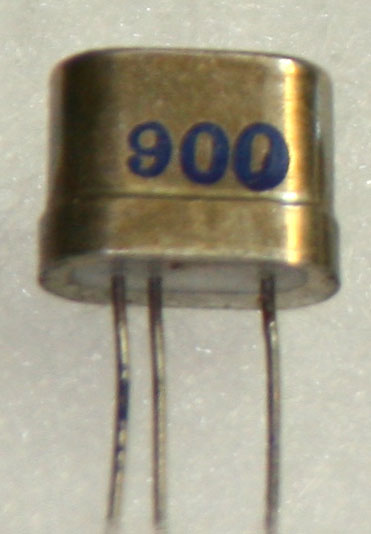
The first commercial application of HEMT was a low-noise amplifier. Commercialization of HEMT: Low-noise amplifier Integrated circuits with record breaking switching delay, first HEMT low-noise amplifiers, and HEMT-LSIs for supercomputers all were reported.ģ.

Research and development on HEMT moved quickly after that, in applications such as high-speed logic circuits and microwaves. In this paper, high-speed performances of HEMT were shown to be superior to those of MESFET the electron mobility and the transconductance at 77K were 5.5 times and 3 times higher, respectively. He published a paper in 1980 demonstrating the first operation of HEMT in which a structure with a single heterojunction of n-AlGaAs and GaAs was used to control a two-dimensional electron gas using the field effect. This resulted in a high-speed transistor that uses a two-dimensional electron gas, which is unaffected by dopant scattering. When operated as a gate, a field effect could be exerted on the two-dimensional electron gas inside the GaAs layer, which can control electron density using the field effect. The key point of this design was, in a single heterojunction between n-type AlGaAs and GaAs, introducing a Schottky junction that creates a depletion layer at the surface of the n-type AlGaAs. Takashi Mimura of Fujitsu Laboratories conceived of HEMT and applied for a patent on it in 1979 (granted in Japan in 1987 and in the US in 1991).

This, however, was not reported to function as a transistor capable of controlling electrons with high mobility.ĭr. In 1978, a modulation-doped heterojunction superlattice was reported, which accumulated electrons in an undoped GaAs layer sandwiched between n-type AlGaAs layers. But with MESFET, impurities were added to supply electrons in the regions where electrons would travel, and scatterings by ionized impurities limit electron mobility. Reduction of device dimension was the main technique for improving high-speed performance. At the time, the goals of high-speed device development were logic circuits for supercomputers, more powerful radio-wave emitters for microwave applications, and low-noise amplifiers to detect very weak radio signals. The fastest transistor before HEMT’s invention was the GaAs Metal-Semiconductor Field Effect Transistor (MESFET) invented in 1966. Historical Background of the Birth of HEMT The major historical significance concerning High Electron Mobility Transistor (HEMT) is described in detail below.ġ. welcomes any visitors the prior notification is required before a visit. The intended plaque site is on a premise of Atsugi Office, Fujitsu Laboratories Ltd. How the intended plaque site is protected/secured

The plaque will be displayed in the exhibition room on the grand floor of the Atsugi Office, Fujitsu Laboratories Ltd. Street address(es) and GPS coordinates of the Milestone Plaque Sites ġ0-1 Morinosato-Wakamiya, Atsugi 243-0197, Japan.GPS coordinates: 35.443405, 139.313921ĭetails of the physical location of the plaque They have been widely used in radio telescopes, satellite broadcasting receivers and cellular base stations, becoming a fundamental technology supporting the information and communication society. HEMTs proved superior to previous transistor technologies because of their high mobility channel carriers, resulting in high speed and high frequency performance. The HEMT was the first transistor to incorporate an interface between two semiconductor materials with different energy gaps. High Electron Mobility Transistor, HEMT, 1979 7 Features that set this work apart from similar achievements.5 How the intended plaque site is protected/secured.4 Details of the physical location of the plaque.3 Street address(es) and GPS coordinates of the Milestone Plaque Sites.


 0 kommentar(er)
0 kommentar(er)
